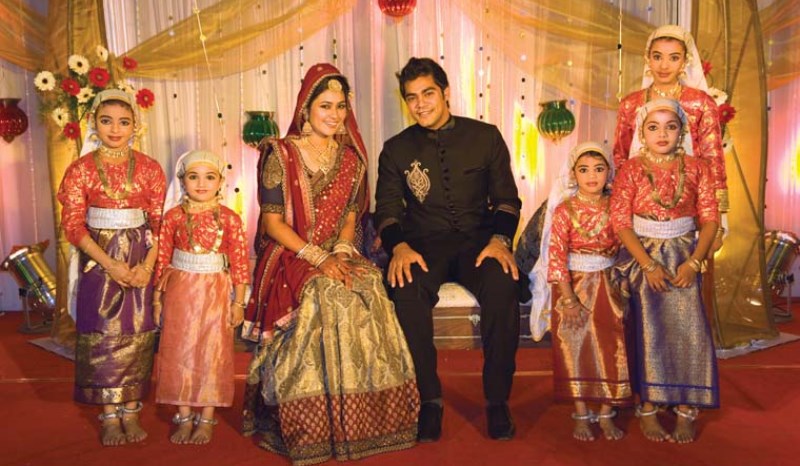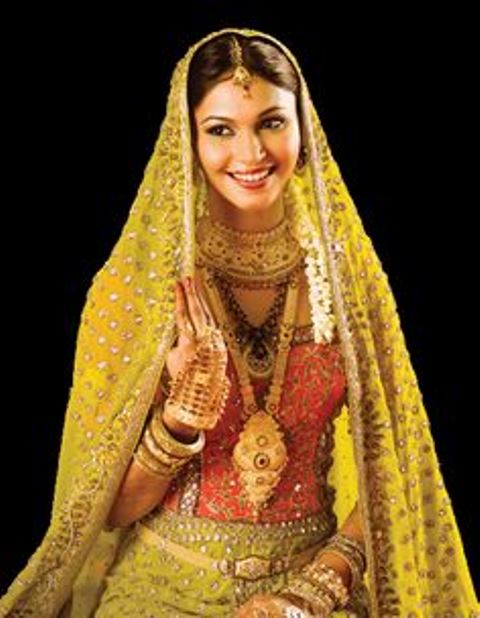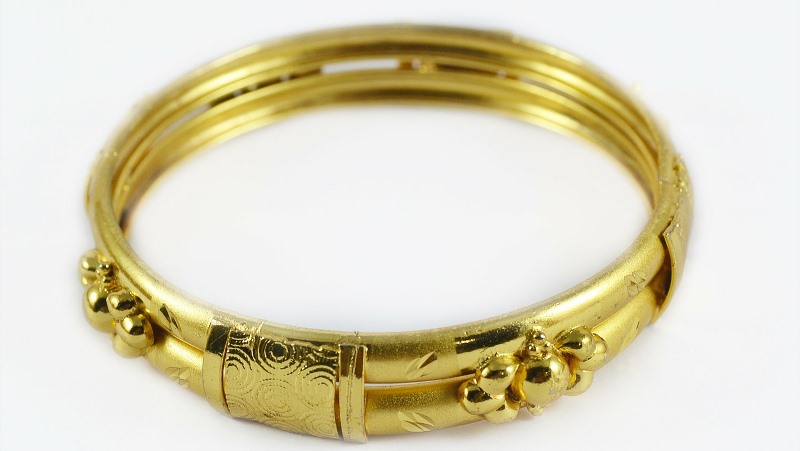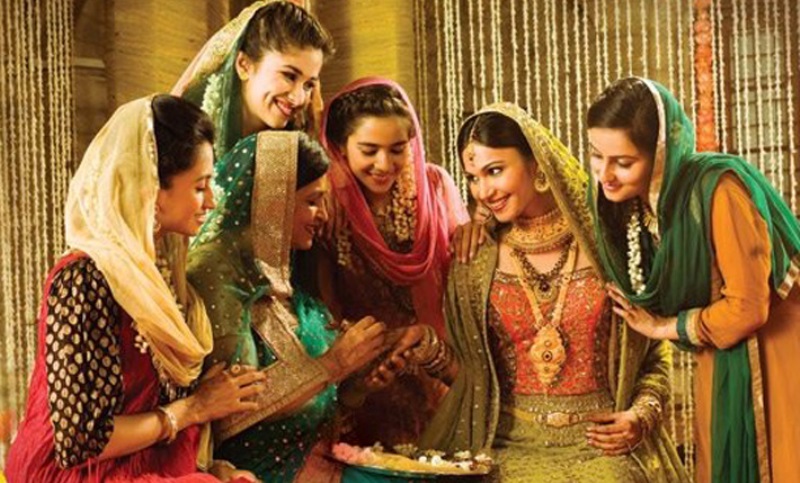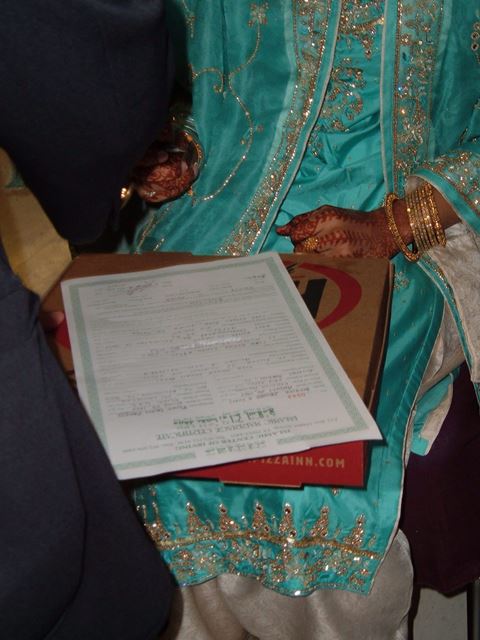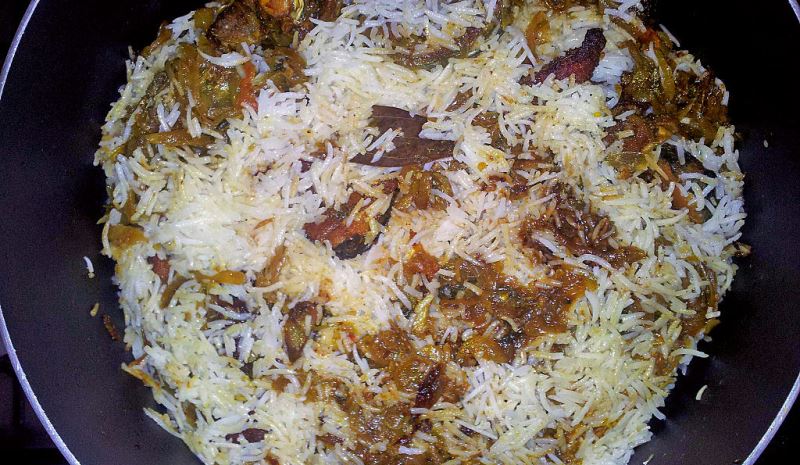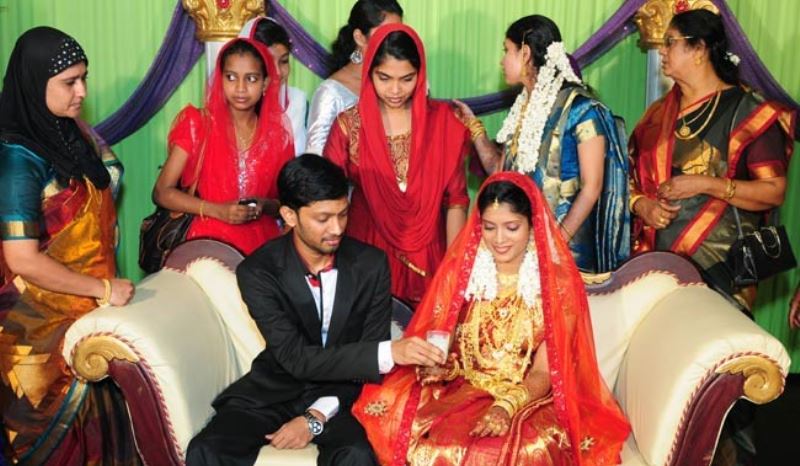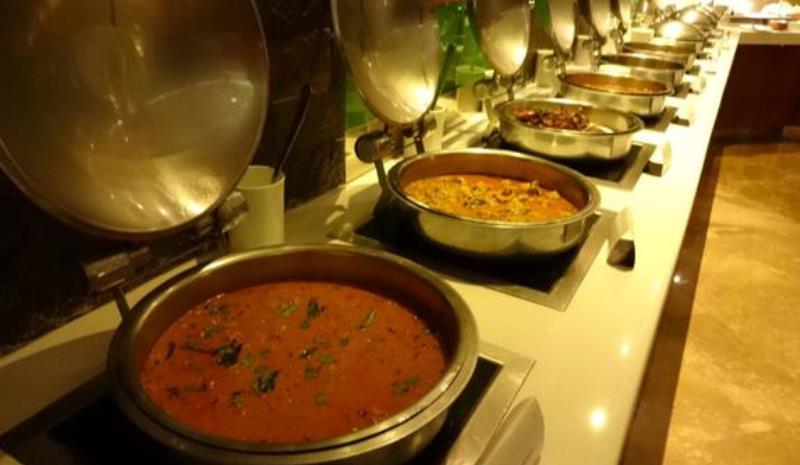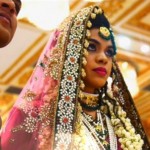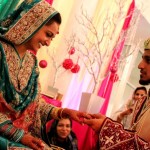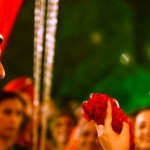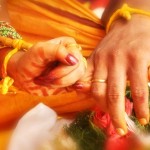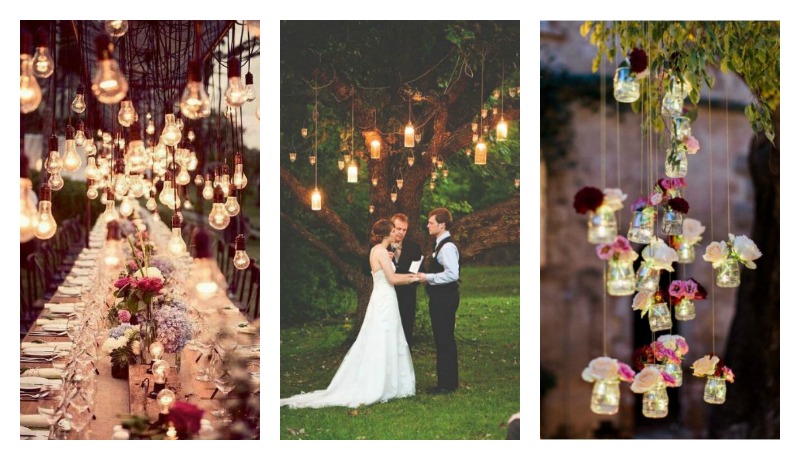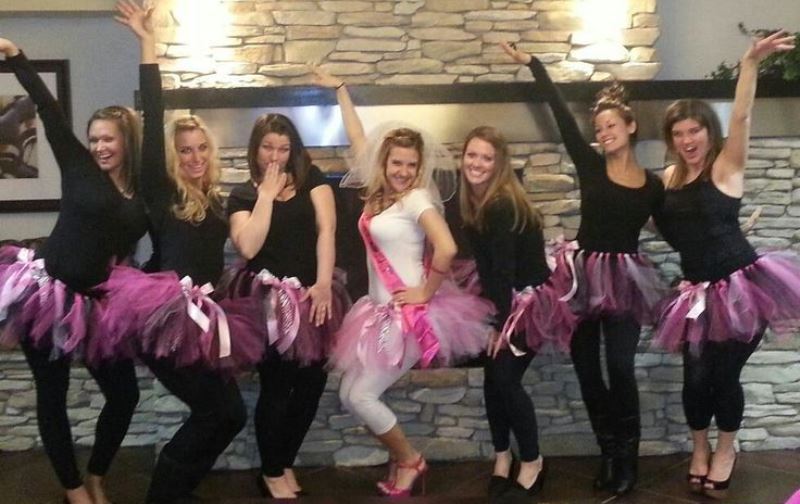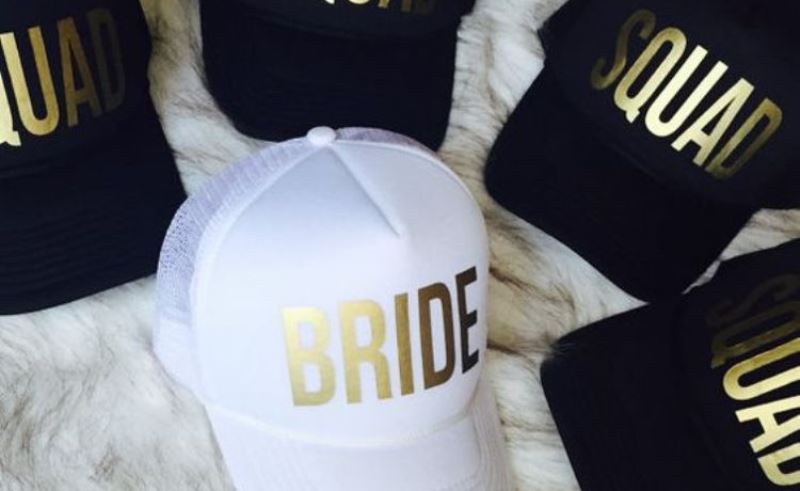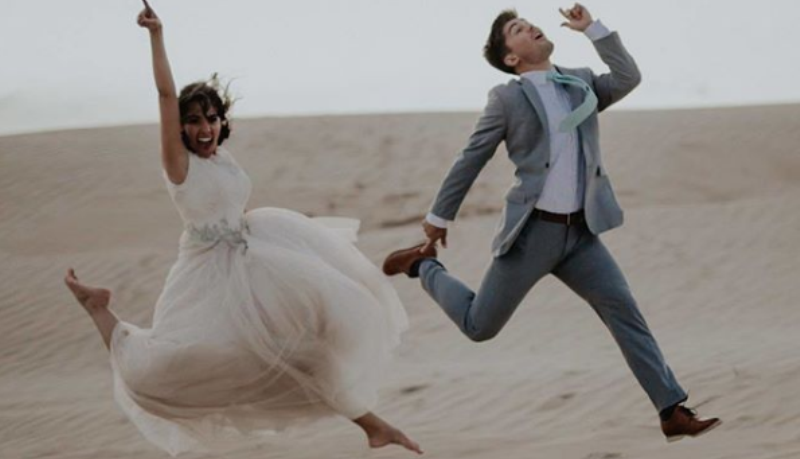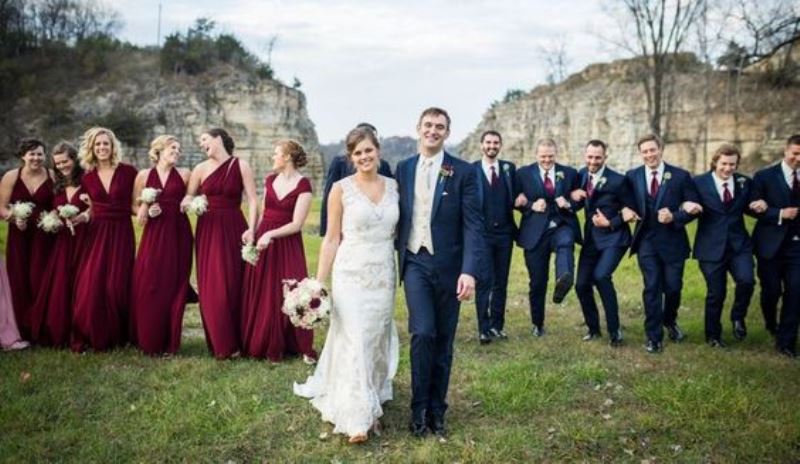“This is love: to fly toward a secret sky, to cause a hundred veils to fall each moment.” – Rumi
Malabar refers to the Northern part of Kerala, a region that was once a trading hotspot, especially for the Arabs and the Portuguese. This resulted in a melting pot of cultures and this is especially true in Malabar Muslim wedding rituals and traditions!
Malabar has a prominent Muslim population and the weddings of the community are a mix of the Kerala Nair, Arab, and North Indian cultures. You’ll find that there are some unique rituals among Malabar Muslim wedding traditions, so read on to know more!
Before the Wedding
1. Valayidal
Image source: Pixabay, under Creative Commons License
Valayidal literally translates into ‘wearing the bangle’ and is the first occasion that formalizes the alliance between the bride’s and groom’s families. The groom’s mother visits the bride’s home and gifts her a piece of jewelry. Traditionally, a gold bangle is gifted, but these days, necklaces or entire jewelry sets are the norm. This function is in lieu of a traditional engagement ceremony.
2. Naal Nischayam
This is the tradition of fixing the marriage date. The elders of both families gather together at the groom’s house and set a date for the wedding. Sometimes a priest from the local mosque may be present. Fridays are usually avoided for weddings and most people choose Sundays or a day during school holidays.
3. Mailanchi Raavu
Mailanchi refers to Mehendi and this is a fun night at both the bride’s and groom’s homes. At the bride’s house, a Mailanchi expert decorates the bride’s hands and feet with elaborate designs, while her aunts and cousins gather around singing traditional folk songs called Mappila Paattu. The groom’s female relatives don’t spare him either, and you’ll usually find a sheepish looking groom trapped among the ladies!
Wedding Day
1. Nikaah
Image source: Google, copyright-free image under Creative Commons License
This is the main event of the wedding, the official marriage contract. The Nikaah may be held either at a mosque or the bride’s home or at a wedding auditorium. The priest presides over the proceedings, which includes a sermon, prayers, signing the marriage register, and handing off the Meher to the bride. The Nikaah is followed by lots of photos with the couple and everyone comes forth to congratulate them.
2. Feast
Image source: Google, copyright-free image under Creative Commons License
One of the main highlights of Malabar Muslim wedding traditions is the food! Malabar Muslim cuisine is truly one of a kind, with strong North Indian and Persian influences. Biriyani is a given; not having it is blasphemy! The starter is alisa, a pasty mixture of wheat and chicken. There may be several more items on the menu, and it usually ends with either gulab jamun or jalebi, along with ice cream. Another thing not to be missed is the Sulaimani chai, which aids digestion.
3. Arayil Koodal
After the Nikaah, the bride and groom proceed to the ‘Maniyara.’ This is a room in the bride’s house, the bridal boudoir. This room is specially prepared for the new couple and decorated with flowers. If you’re wondering why, it’s because Malabar Muslims follow a matrilinear tradition, where the groom’s marital home is at the bride’s home instead of the other way round! Inside the Maniyara, the couple is given a glass of milk to share by the bride’s mother. After each of them take a sip, the groom drops in a gold coin, a gift for his mother-in-law. They are also given a moment alone, when the groom usually presents his new wife with a ring.
4. Visiting the groom’s home
Malabar Muslim wedding traditions include a bit of to and fro traveling, as you’ll see! By this time, the groom’s female relatives have arrived at the bride’s house with a completely new outfit to wear, including footwear and fresh flowers. They help the bride dress in her new clothes, after which they take her to the groom’s house, accompanied by the bride’s female relatives. The groom has already reached his home while his wife was getting ready. The groom’s relatives who’ve stayed back welcome the bridal party with a lot of fanfare, like crackers, music, and lots of cheering.
5. Veettil Koodal
Image source: Google, copyright-free image under Creative Commons License
The bride and the groom stay at the groom’s house, getting to know their new relatives. Even as the guests leave, the new couple spends some time together. The bride may even change into new clothes that are lighter than her wedding dress. Towards late evening, the bride’s brothers and uncles come to take the new couple back to their marital home in time for dinner. A grand feast is laid out, with pathiris (rice flour flatbreads), chicken curries, parathas, and an assortment of side dishes.
After the Wedding
1. Salkaaram
The wedding is soon followed by a party on either side, called a Salkaaram. Close relatives are invited, so that both families have a chance to get to know each other a little better without the chaos of the wedding. The menu for Salkaarams are much more varied than those for weddings and include fare like noodles, pasta, roast chicken, and several kinds of puddings and ice creams.
Now you’ve been introduced to an entirely new set of wedding traditions, haven’t you! Trust us, next time you get an invitation to witness some Malabar Muslim wedding traditions, do accept! Take a trip to God’s own country and fill your tummies with some lovely food!
